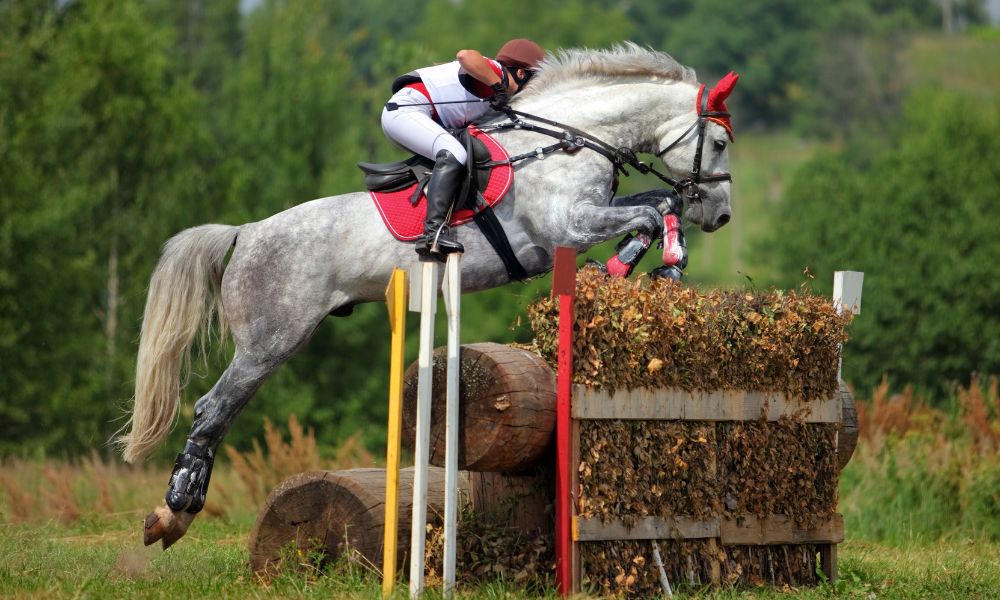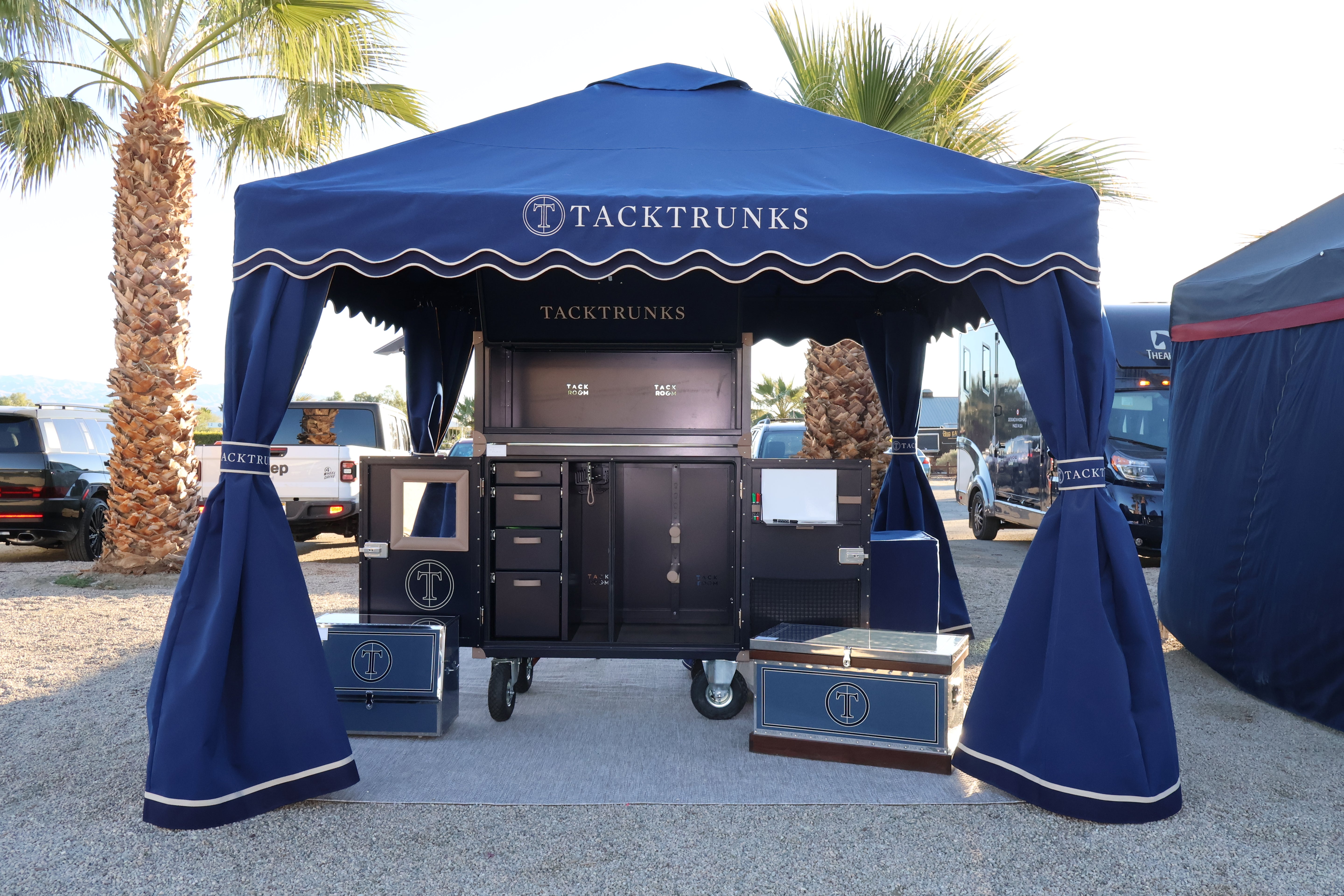A Quick History of English-Style Horse Competitions

English horse competitions, which encompass disciplines such as dressage, show jumping, and eventing, trace their formal origins back to the mid-19th century. The history of English-style horse competitions has undergone substantial evolution in the past two centuries. While Western-style riding evolved starting in the 17th century, developing saddles and bridles specially adapted for handling livestock, English-style tack took a different path with flat saddles and a different style of bridle. Today, English horse supplies are as readily available in the US as Western-style saddles, reins, and boots. Here’s a quick history of English-style horse competitions.
From Country Fairs to Formal Competitions
The year 1864 marked a significant milestone in the history of equestrian events. While there had already been a long tradition of showing horses at country fairs, largely to lure buyers, one of the first formal horse shows took place in Dublin in 1864, exhibiting brood mares and ponies as well as all varieties of saddle horses. This event laid the groundwork for what would become a globally recognized sport. The show featured various competition classes and drew participants and spectators from far and wide, creating a vibrant atmosphere that celebrated the bond between horse and rider.
New York Enters the Equestrian Competition World
Nearly two decades later, in 1883, New York hosted its first formal horse show. This event mirrored the success of the Dublin show and popularized English-style horse competitions in the United States. It served as a platform for showcasing both the skill of the riders and the agility of the horses, further promoting this sport on the international stage.
Royal Patronage Boosts Interest
In 1907, the Royal International Horse Show was founded in the United Kingdom. The royal patronage offered this show as well as the Richmond Royal Horse Show and the Horse of the Year show, elevating the status of the sport. These competitions continue to attract top-level competitors from around the world today.
Moving forward to 1949, the Badminton Horse Trials began in England. Originally designed as training events for British riders preparing for international competitions, the Trials quickly gained prestige in their own right. Today, the Badminton Horse Trials are part of the Grand Slam of Eventing, along with the Kentucky Three-Day Event and the Burghley Horse Trials, the most prestigious titles in the equestrian world.
Olympics, On and Off and On Again
Finally, the inclusion of English-style horse competitions in the Olympic Games has played a substantial role in promoting the sport globally. Dressage made its Olympic debut in 1900. Women were first included in equestrian Olympic events with dressage in 1952, jumping in 1956, and eventing in 1964.
English-style riding competitions have evolved from local events to international spectacles, attracting participants and spectators from all walks of life. These competitions celebrate not only the skill and athleticism of the riders and horses but also the deep bond that exists between them. Today, they continue to captivate audiences worldwide, contributing to the rich tapestry of equestrian sport.


